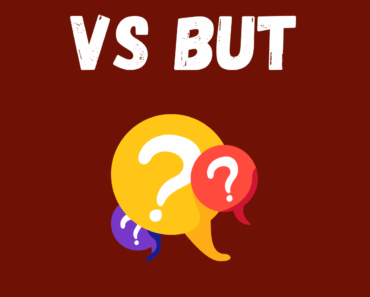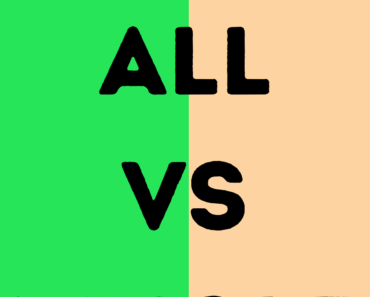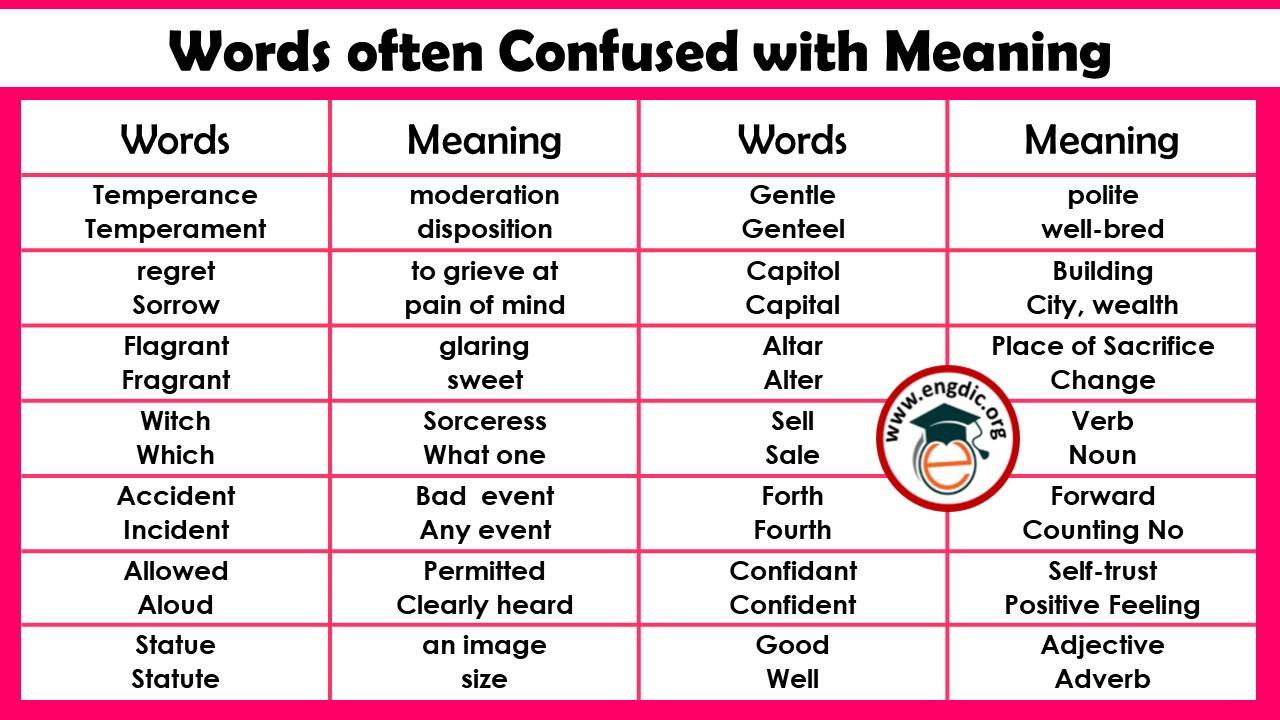The words “enough” and “too” serve as quantifiers in English, but they communicate different levels of sufficiency. “Enough” indicates a satisfactory level, meaning that there is the right amount, neither too little nor too much. It implies adequacy and satisfaction within a context.
On the other hand, “too” suggests an excess or a degree beyond what is desirable or required. It often carries a negative connotation, highlighting that something surpasses the limits of what is considered acceptable or comfortable.
Enough
Definition: “Enough” is used to denote sufficiency, conveying that the quantity, degree, or number is adequate for a particular purpose.
Usage:
- Quantitative Sufficiency: When “enough” describes an adequate amount, it can refer to both tangible and intangible items.
- Example: We have enough chairs for everyone to sit.
- Qualitative Adequacy: “Enough” is also used to discuss sufficiency in terms of quality or capability.
- Example: She is experienced enough to lead the project.
Too
Definition: “Too” is used to indicate an excessive amount, more than what is necessary, desired, or permissible.
Usage:
- Excessive Quantity: “Too” is often used to describe a greater quantity than needed.
- Example: There are too many people in this room.
- Negative Connotation: It is frequently used to express a negative impact due to excess.
- Example: The soup is too hot to eat right now.
Additional Information
Understanding the difference between “enough” and “too” is crucial in both spoken and written English, as it affects the tone and clarity of communication. “Enough” generally has a neutral or positive connotation, while “too” often introduces a problem or difficulty due to overabundance.
It’s important to choose the correct word to accurately convey the intended meaning, especially in nuanced contexts where the degree of sufficiency or excess can significantly alter the message’s implication.







